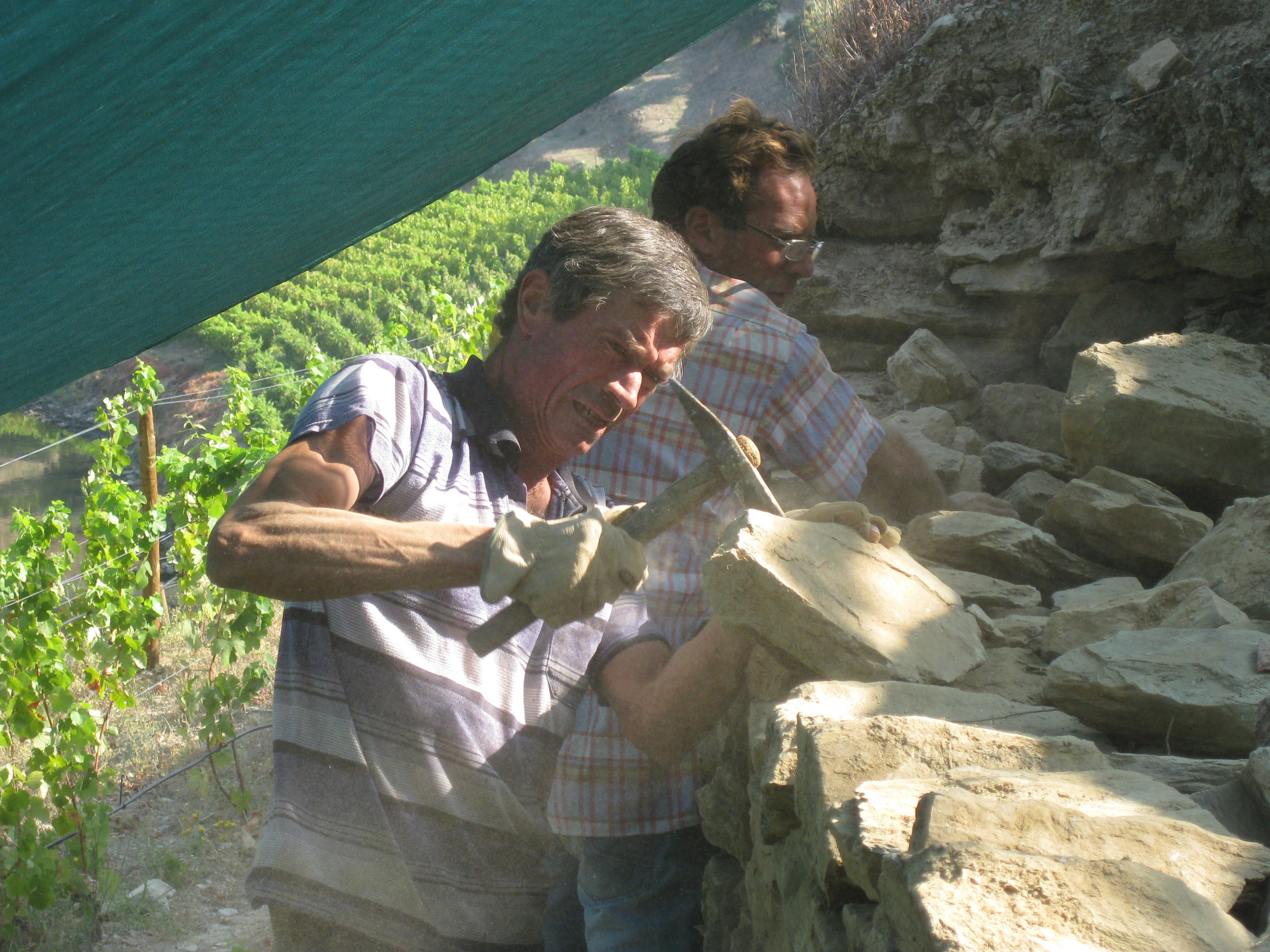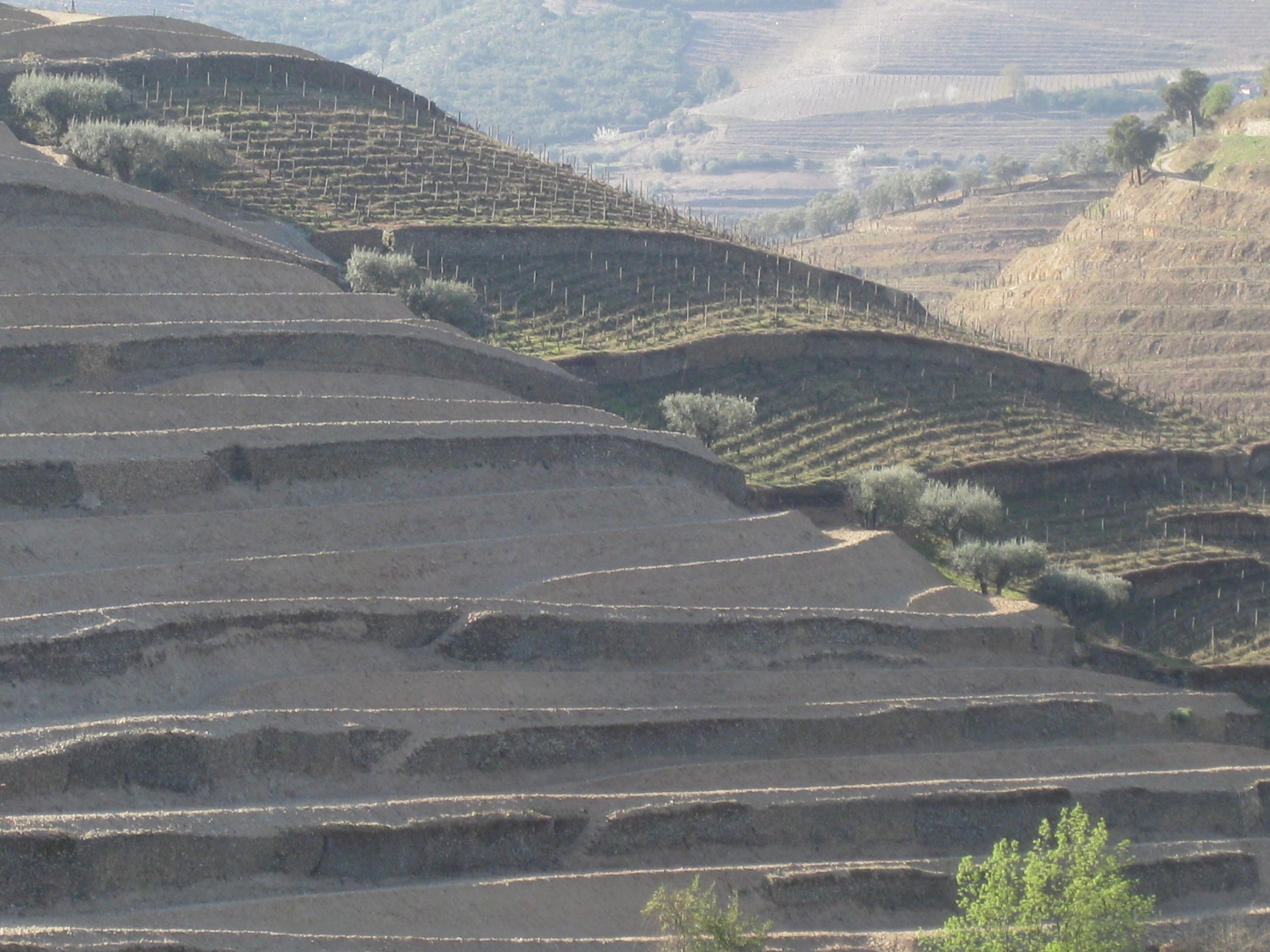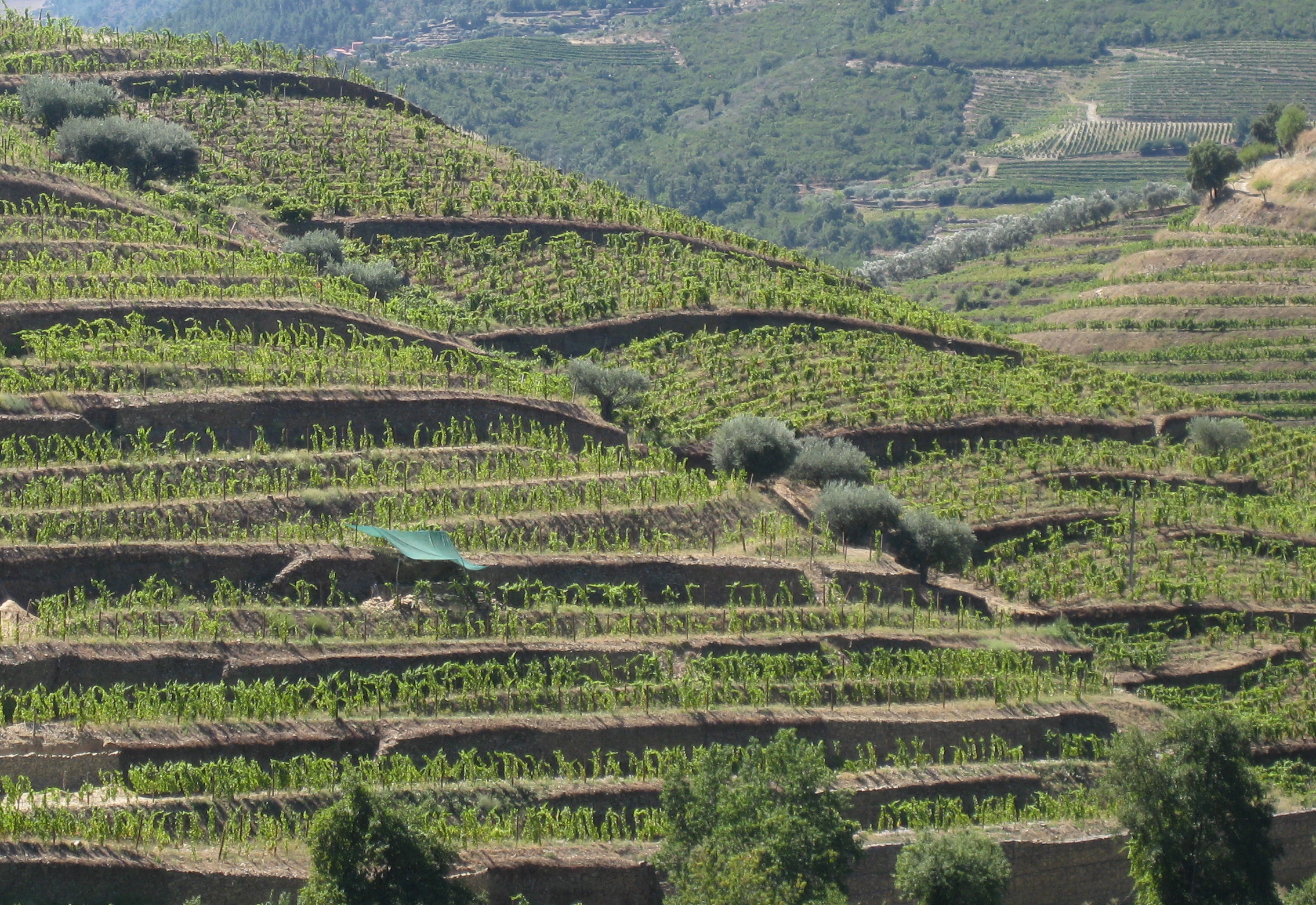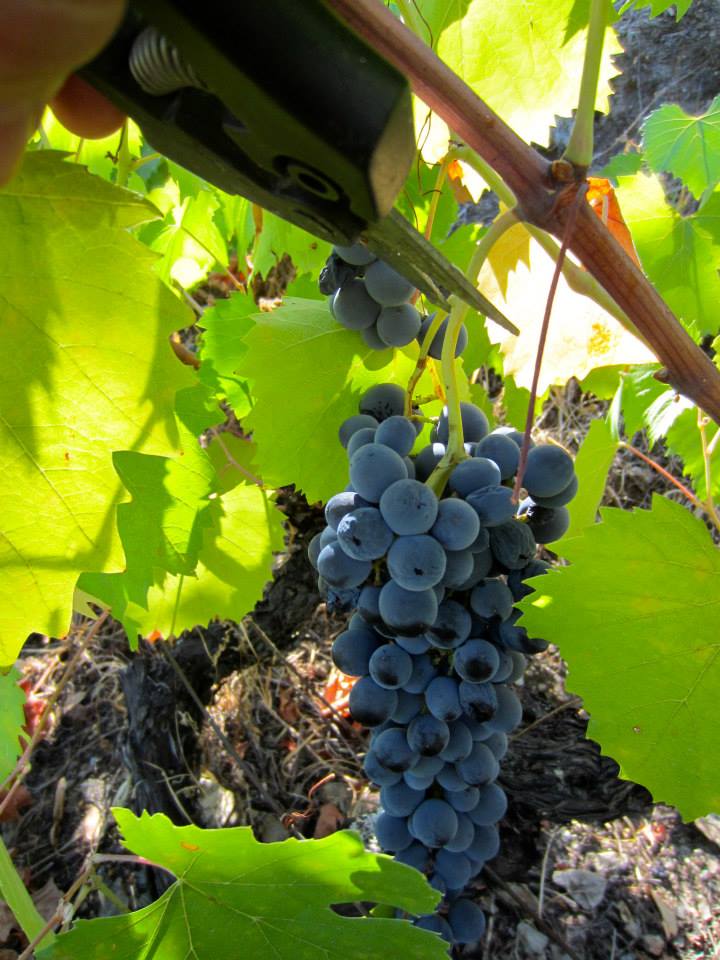The comprehensive Port, Douro wine and Madeira e-newsletter FOR THE LOVE OF PORT http://www.fortheloveofport.com does an excellent job in the promotion and education of Port wine and the Douro Valley. Earlier this year the publication asked the following question to the Port trade:
« We have seen many changes since the turn of the millennium, what do you foresee changing in the Port business over the next decade and a half? »
The response from the Port trade was very strong and Vincent was the main voice in Quinta do Tedo’s response, that I would like to share with you. Although his answer takes into consideration the French market, it does show our feelings of a general trend in the Port trade and in Douro Valley tourism.
"The first thing is that Port, with 40 - 50% quantitatively consumed in French-speaking countries, is losing market share. Other international competitively-priced sweet wines have been introduced and better red wines are crafted in the old and new wine world. The large impact of stricter laws concerning drunk driving has reduced alcohol consumption and the economic crisis has had an impact on the individual’s budget. However, due to the promotional efforts of Portugal, the Douro will attract more and more tourists due to the fact of economic/low-cost flights coming into Oporto, that the Douro is only 1 1/2 hours by car from Oporto, that the Portuguese in the tourism industry speak multiple languages and French is often the 2nd language spoken and the Portuguese are hospitable, and the prices for lodging and dining are generally less expensive than in many other European countries. There are more and more French coming to the Douro and discovering the quality of the port and wine of the Douro. The French speakers are discovering other products than the largely consumed Ruby and Tawny in their home countries of France, Belgium and Luxembourg. Port is a unique product with its own appellation, and the product line is diversified, to include Ruby/Tawny/LBV/Vintage and etc, and due to the climate and soil composition are certainly some of the wines that can age longer than others. Anyone visiting the Douro since the late 1900’s will see a dramatic change with the wider selection of port and wines, hotels, restaurants, museums, tourist destinations that work together to promote. The Douro mentality is more and more open and hence more hotels, restaurants, rent-a-cars, international wine tours, Great Wine Capitals, etc: the investment in the region and this ever-growing international dimension will see an increase in quality tourism coming to the Douro. This will further the international image of Port and wines of the Douro. The wines of the Douro with their unique grapes to include Touriga Nacional, Tinta Roriz, Touriga Franca have unique characteristics that stand on their own, and do not need to have additions of Cabernet Sauvignon and Merlot, for the reds, or Chardonnay and Sauvignon Blanc for the whites and the uniqueness of these Portuguese grapes produce, together with excellent winemakers with solid training, many outstanding products. However, to keep growing in international acclaim, to continue to grow as a wine lover’s travel destination and to maintain the market share in dessert wines and table wines, collaboration with wineries, the Portuguese government and the tourism sector has never been more important."

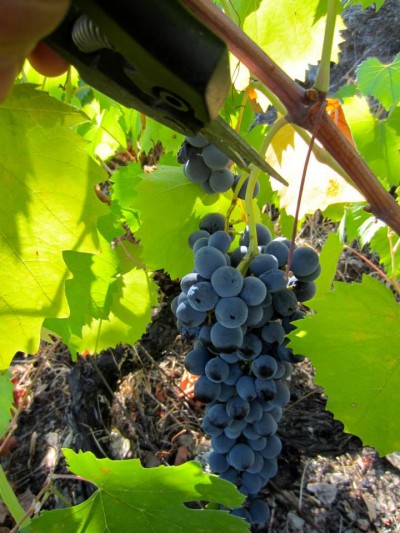


Cheers!
The comprehensive Port, Douro wine and Madeira e-newsletter FOR THE LOVE OF PORT http://www.fortheloveofport.com does an excellent job in the promotion and education of Port wine and the Douro Valley. Earlier this year the publication asked the following question to the Port trade:
« We have seen many changes since the turn of the millennium, what do you foresee changing in the Port business over the next decade and a half? »
The response from the Port trade was very strong and Vincent was the main voice in Quinta do Tedo’s response, that I would like to share with you. Although his answer takes into consideration the French market, it does show our feelings of a general trend in the Port trade and in Douro Valley tourism.
"The first thing is that Port, with 40 - 50% quantitatively consumed in French-speaking countries, is losing market share. Other international competitively-priced sweet wines have been introduced and better red wines are crafted in the old and new wine world. The large impact of stricter laws concerning drunk driving has reduced alcohol consumption and the economic crisis has had an impact on the individual’s budget. However, due to the promotional efforts of Portugal, the Douro will attract more and more tourists due to the fact of economic/low-cost flights coming into Oporto, that the Douro is only 1 1/2 hours by car from Oporto, that the Portuguese in the tourism industry speak multiple languages and French is often the 2nd language spoken and the Portuguese are hospitable, and the prices for lodging and dining are generally less expensive than in many other European countries. There are more and more French coming to the Douro and discovering the quality of the port and wine of the Douro. The French speakers are discovering other products than the largely consumed Ruby and Tawny in their home countries of France, Belgium and Luxembourg. Port is a unique product with its own appellation, and the product line is diversified, to include Ruby/Tawny/LBV/Vintage and etc, and due to the climate and soil composition are certainly some of the wines that can age longer than others. Anyone visiting the Douro since the late 1900’s will see a dramatic change with the wider selection of port and wines, hotels, restaurants, museums, tourist destinations that work together to promote. The Douro mentality is more and more open and hence more hotels, restaurants, rent-a-cars, international wine tours, Great Wine Capitals, etc: the investment in the region and this ever-growing international dimension will see an increase in quality tourism coming to the Douro. This will further the international image of Port and wines of the Douro. The wines of the Douro with their unique grapes to include Touriga Nacional, Tinta Roriz, Touriga Franca have unique characteristics that stand on their own, and do not need to have additions of Cabernet Sauvignon and Merlot, for the reds, or Chardonnay and Sauvignon Blanc for the whites and the uniqueness of these Portuguese grapes produce, together with excellent winemakers with solid training, many outstanding products. However, to keep growing in international acclaim, to continue to grow as a wine lover’s travel destination and to maintain the market share in dessert wines and table wines, collaboration with wineries, the Portuguese government and the tourism sector has never been more important."




Cheers!
 A ce jour, en 2014, je me suis renseignée sur « le cycle normal du climat » auprès de Jorge l’œnologue suite aux fortes pluies du 3 juillet qui ont déversé 4, 3 cm/1.75, alors que la moyenne pour un mois de juillet est de 1, 2 cm/ ½. Est-ce que ce relevé pourrait révéler des changements climatiques dans la région du Douro, tout comme dans le reste du monde ? Peut-être la pluie extrême d’un jour, mais les précipitations et les températures sont jusqu’alors dans la moyenne des 30 dernières années.
A ce jour, en 2014, je me suis renseignée sur « le cycle normal du climat » auprès de Jorge l’œnologue suite aux fortes pluies du 3 juillet qui ont déversé 4, 3 cm/1.75, alors que la moyenne pour un mois de juillet est de 1, 2 cm/ ½. Est-ce que ce relevé pourrait révéler des changements climatiques dans la région du Douro, tout comme dans le reste du monde ? Peut-être la pluie extrême d’un jour, mais les précipitations et les températures sont jusqu’alors dans la moyenne des 30 dernières années.

